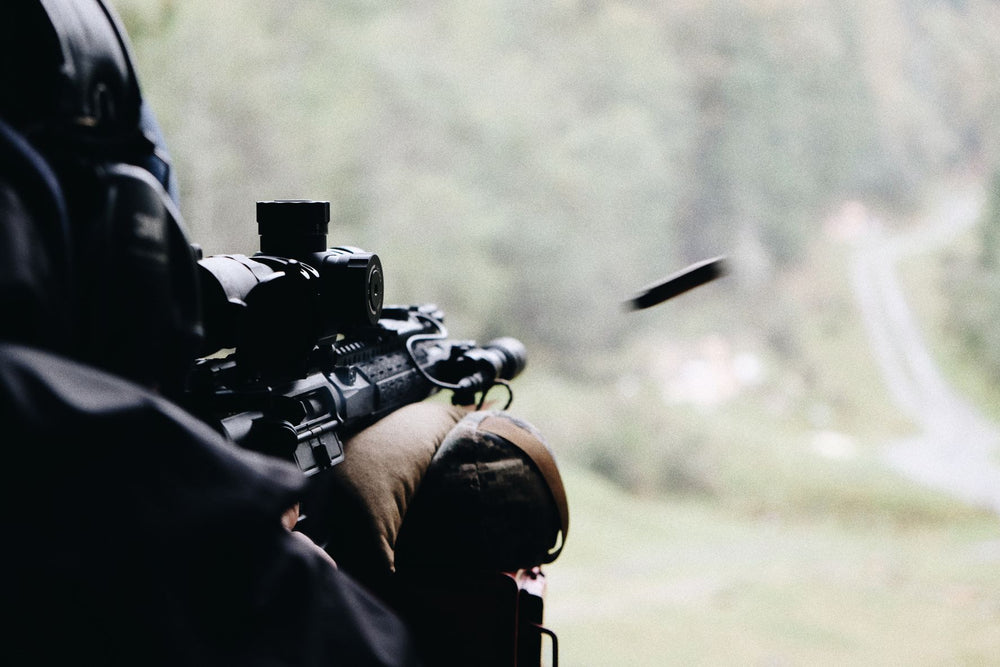Socratic Method of Decision Making

First, what is the Socratic method? Simply put, it’s a method of funneling one’s decision making from a vague question to a decisive answer, action or belief. A good example I often use in regards to selecting a firearm always starts the same. “what job is the firearm intended for?” if the answer is “home defense” then from there I narrow down to a specific firearm type. Follow on questions to narrow the decision are things such as “where do you live, rural, city, home, apartment” and then “what are the most likely engagement distances you may be faced with in a home defense scenario?” These questions also take into account how many people are in the home, what is the home defense plan and so on and so forth.
Applying the Socratic method to operation planning follows the same paths that were laid about above. Yet this decision has a broad outline to it. Situation determines tactics, tactics determine gear. Yet, there is another deciding factor to this. The availability of gear may determine the tactics that are used in any given situation. Just as chains of command should flow both ways, so too does this method. There are of course other subjects to consider inside each main topic but that is an article for another time. The combination of these three main categories form the culminating mindset that is needed to see whatever the individual’s job through to the end. As we all know, no gun can shoot itself, it takes a person with a mindset to do the job.
What is the situation? What is the priority, whether it be time, objective, protection, life, duty or some other factor. Once these questions are answered, those answers then become applied to what the tactics over all should be. With the consideration of what assets and gear is available as well.
For example, if I am planning on a hunt in the high mountains of the Olympic National Forest in Washington state, I need to consider that I cannot drive my vehicle right up to where I will camp. I do not have horses, or a snow mobile/4wheeler so that means I will be on foot. My gear choice must be made based on those restrictions and there is nothing wrong with that. Adapt and overcome…or something like that. One thing to consider though is that I can pack my vehicle with plenty of extra supplies to use as a resupply point if needed. That may be the difference between life or death.
Extreme examples can be made in any given situation. All it takes is using the Socratic Method with the considerations of your everyday life, assets, factors and priorities to make the best use of it. Building these paths of decision making for each situation that may likely occur in any high stress situation gives multiple in-depth choices to choose from in a moments notice. A moment may be measured in time, yet its depth of feeling, thought and lessons taught are infinite.
The key for me to this method is the ending. The ending of this process is where your mind last was; It’s the last reference point of the entire thought process and subsequently will be the first point your mind refers back to when the decision is needed in point of stress. This is where Niccolò Machiavelli comes in and where the next article begins.
Author - John Carughi
20201123





Dejar un comentario